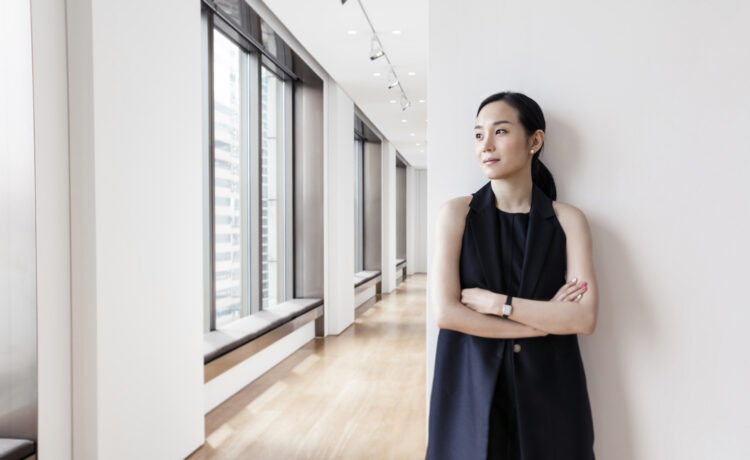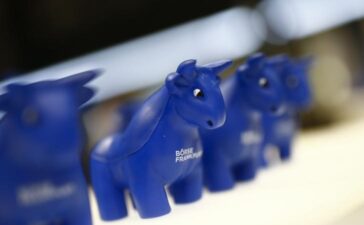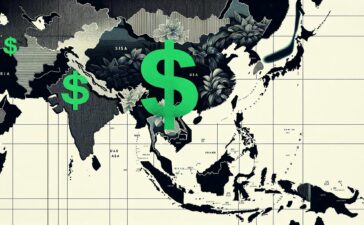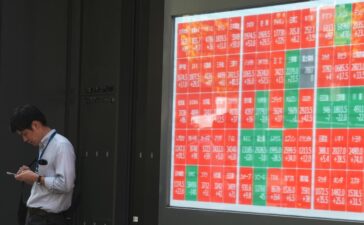The View From is excerpted from The Asia Pivot, Artnet Pro’s biweekly members-only newsletter providing mission-critical analysis, insights, and exclusive intelligence on developments in Asia’s art markets, with a focus on business opportunities and challenges. Subscribe here to receive it directly to your inbox.
Alice Lung is a partner at Perrotin, overseeing the gallery’s operations in Hong Kong, Shanghai, Tokyo, Seoul, and Los Angeles.
From what I observed at the recently concluded Hong Kong auction sales, the Chinese contemporary art market appears particularly weak. Buyers in mainland China are not as active right now.
Frankly speaking, the Asian market is doing quite well and is quite resilient; it’s not as bad as it could be. At least our gallery is performing well, with increased sales. When the market was strong, each artwork generated more interest. That has declined, but overall business activity remains similar.
The macro environment is quite complicated at the moment, but we were able to adapt quickly. Being nimble and flexible allows us to adjust to the current market situation. What we’re facing now is quite different from before Covid. Costs have risen significantly, and have even doubled in some cases, affecting our day-to-day business and sales, including shipping and travel expenses. I’m overseeing our outpost in L.A., and I’ve noticed that costs are much higher in the U.S., especially for shipping from abroad. The segment from the U.S. to Asia is more expensive than from Europe to Asia, even over similar distances.
Meanwhile, collectors are becoming more careful, discerning, and selective about their purchases. It’s also a learning process for them, and they prefer to take things slowly.
Perrotin Los Angeles. Courtesy of Perrotin.
We work closely with Asian galleries. For example, Tomio Koyama Gallery is a highly respected gallery in Tokyo that has been around for over 20 years. We collaborate with them to promote Japanese artists outside of Japan. We follow a similar approach in Korea. We take it step by step, first promoting Asian artists within Asia, and then gradually expanding to Europe or New York. We believe in building the market steadily.
As our gallery grows, our team is becoming larger and more mature. We can gradually discover more local and younger artists, especially in the countries where we are currently based. We are very happy to bring lesser-known Asian artists to international attention.
Perrotin Tokyo. Photo: Osamu Sakamoto. Courtesy of Perrotin
We recently expanded in Seoul. It was a natural move, as we had been based in the city for over eight years before deciding to relocate. As our team has grown over the years, we better understand our audience. Our new space is in a more vibrant part of the city, closer to Korean collectors, rather than tourists. For similar reasons, expanding in Tokyo is a natural progression for us. Our new salon will open in July to coincide with the Tokyo Gendai fair. Regarding Shanghai, I believe it will continue to be our headquarters in Asia. We plan to expand further within China and invest in the country in the future. We are quite excited about this, as we see it as a promising and interesting market to develop.
It is a widely accepted fact that the calendar of fairs in Asia is becoming more packed. Given the rising costs, it is wise to evaluate our participation in art fairs and likely reduce the number. Galleries need to survive, so we cannot support every activity. One key criterion for participation is ensuring the fair attracts a unique collector base.
—As told to Cathy Fan. This article was originally published in The Asia Pivot on June 26, 2024.
Follow Artnet News on Facebook:

















